The film look.
Indie filmmakers, commercial producers, music video creators, and hobbyists alike have longed to have the “film look†for their productions. It started with 24 fps capture giving video the frame rate cadence of film. Then came the 35mm adapter (DOF adapter) wave which allowed us to use SLR lenses on video cameras creating shallower DOF. And then most recently we’ve been hit by the HDSLR revolution; finally allowing large format sensor video capture.
But the HDSLR revolution has brought on a new art form, one that isn’t like film. Call it what you want, I’ll refer to it as the extreme shallow DOF look or the HDSLR look. This comes from using large format sensors with very fast glass. Put a 85mm f/1.2 on a Canon 5D MkII full frame sensor and wide open you’ll have maybe a few millimeters of focus. Now I’m not saying this is bad, but it’s not the “film lookâ€. It’s a completely new look…the HDSLR look.
This look can be used to create incredibly artistic looking shots. As Stu Maschwitz recently said:
With a 5D Mark II, its sensor double the size of a motion picture film frame, we can achieve cinematic focus at F4. We can get fetishistically shallow depth of field at F2.8. At F1.2, we can create abstract art in a Burger King.
I have enjoyed using this look to create unique and artistic footage as others have. Just look at the work of Vincent Laforet, Philip Bloom and Shane Hurlbut to name a few. But this is not the “film lookâ€.
I recently did some headshots for an actor friend of mine. I used my 5D MkII with a Zeiss 85mm f/1.4 at f/2. See how in a medium wide shot, the background is completely out of focus? While this makes for a very artistic shot, it’s not the “film lookâ€.
35mm film size is much smaller than the full frame sensor size in the 5D MkII. Plus typically in film, they are shooting around f/4-f/5.6. Those factors combine to have shallow DOF in close ups but have fairly wide DOF in medium and wide shots. Here’s a comparison video showing the full frame sensor compared to 35mm compared to the upcoming AF100’s micro 4/3†sensor.
Does this mean the HDSLR look is bad? No. Like I said before, it has its own look and can be used for very artistic work. But to replicate the “film look†you’ll need to take it down a notch. Don’t be so spoiled by shallow DOF that it’s the only look you shoot with. I’ve seen many videos shot with a lot of bokeh and no story.
I’m really excited about Panasonic’s upcoming AF100, but there are some people saying they want to wait for Canon to come out with a full frame sensor video camera. While I would argue that Canon probably won’t be doing that for awhile, I would also argue and say that the AF100 is closer to the look of film than a full frame sensor camera would be.
Don’t be so shallow.

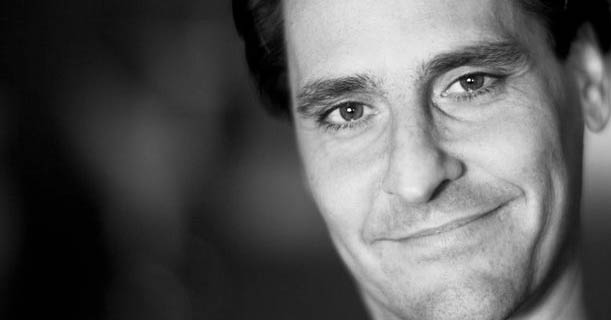
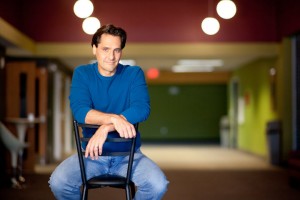


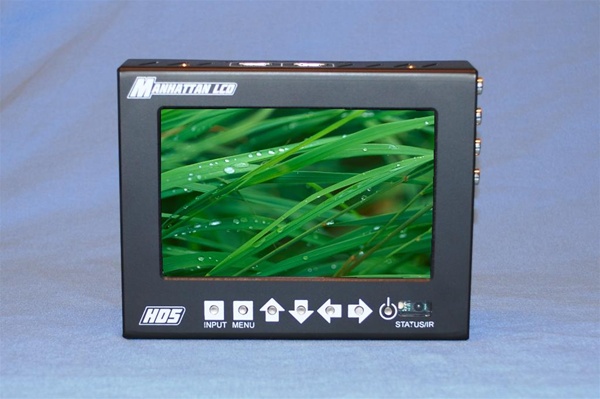
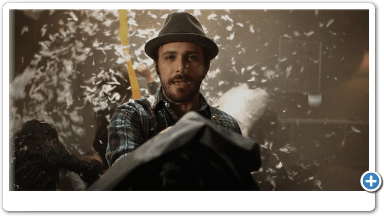
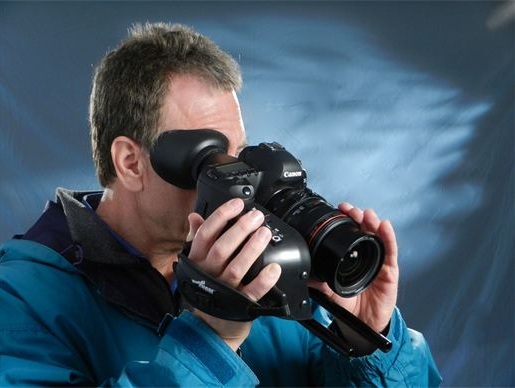
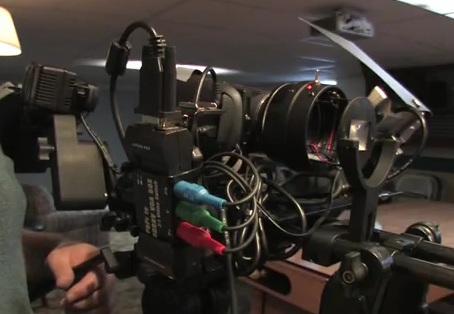
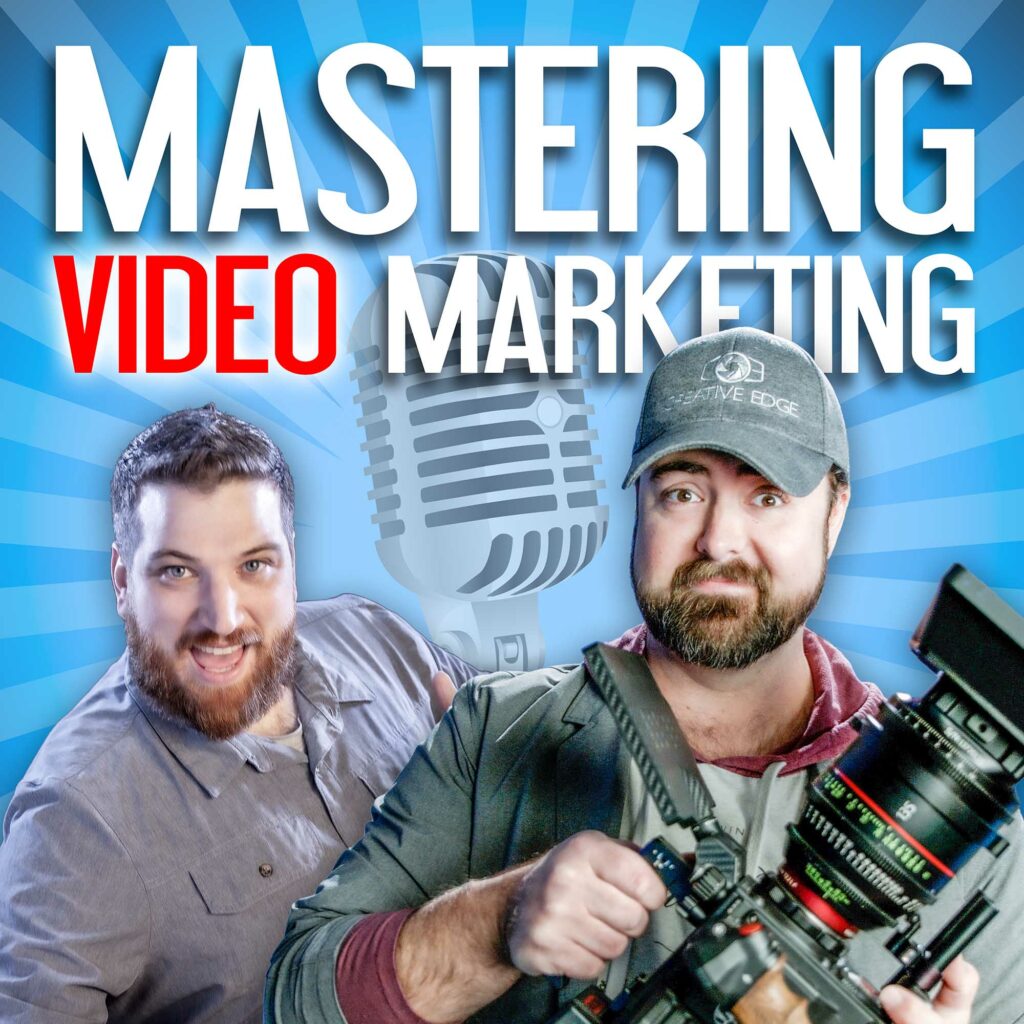


You’re right!
Also my opinion. This ultra shallow deep of field is just a trend. It will go as fast as it came…
Totally agree with all your sentiments. Thanks for voicing this!
I agree and not agree with you.
Motion Picture format,is an old tech format.And it has limitation in term of technology and art.
Motion Picture is an art of telling story using moving images and audio.To be considered as high quality artistic movie, it should be aesthetically pleasing to the viewer.
HDSLR is capable to achieve that “artistic look” of image/movie.
So, too shallow in hdslr is not a limitation, but is an ACHIEVEMENT in both technology & artistic side in motion picture world.
Its just easy to downgrade from hdslr look to film look.But is almost impossible to do it opposite.
Why should we mimic the old “film look” while we are capable of making a more “esthetically artistic” look over hdslr?
Why we stuck on that old film look tech limitation?
People will start to see the hdslr look footage,and will get addicted to it.So as time goes,the old film look will vanish. And the new era begin.
When canon come out with 5D Mark II a revolution has just begin! No one can stop it. And there is no reason to stop it.
A new tech has achieve a new era of esthetically pleasing level in film art.
@Robin
Why would we want to mimic film? Because it’s film. We’ve become used to it for decades and it’s the aesthetic standard for movies.
Take 24 fps for example. It became the standard because it was determined 24 fps was the slowest framerate possible for the human eye to not see the individual frames. This kept costs down by using less film.
Today, there is nothing stopping us from shooting films at 48 fps, or 60 fps. But when people see footage shot at higher frame rates, it doesn’t look like film anymore. That’s why they still use the 24 fps standard even today. In fact, 60 fps has the look of video and is considered a “cheap” look…even though it takes better technology to produce it. I wouldn’t be surprised if extremely shallow DOF gets the reputation as “cheap” someday.
I totally agree that the HDSLR look is it’s own art form. But always shooting in a sea of bokeh is not the solution. Use your DOF as a story telling device. Shallow DOF to isolate an object in the frame, wide DOF to show more of your environment. Too many people are shooting shallow DOF and only that. And if you’re trying to mimic film, shooting super shallow all the time isn’t going to get you there.
@Tony
The aesthetic standard was not determined by the tech,it was determined by human eyes and sense.
And in fact that Shallower DOF can create image considered more artistic(as you mention too in article) by human eyes and sense.
And to me this means better art,better picture, and esthetically pleasing.So as I mention before,as hdslr has come out with that,and there already a ton of people watching their footage know,and still happening,so the revolution has begin.
People will used to it.And it will start a new decade in movie history.
And why 48 fps or 60 fps of that video look considered cheap?it because the motion from 48fps or 60fps video was not pleasing for human eyes.They look jerky and “digital”.And also video cam has wide DOF that once again considered not artistic by human eyes.
With 24FPS,the motion looks more artistic as the shallow DOF do.
So is not the price or tech that give the cheap reputation,is the human eyes.
And about 24 FPS is the slowest framerate for human eye to not see individual frames,as I know,the slowest is 12 frames(CMIIW). There still a lot of japanese manga still animated in 15-25 fps.
I agree that shooting in a sea of bokeh is nothing without story.But when we use DOF as story telling device,it should no limitation to it.
The right tools for the right job! Yes, the ‘film look’ is a standard that we are used to and accept readily, but that shouldn’t stop us from exploring other looks – they all have advantages and disadvantages. And yes, the shallow depth of field obtainable with HDSLR’s is beautiful and adds a great tool to the toolkit that we have, and therefore should not be forgotten. It is brilliant for isolating action and controlling the viewers attention, which is the main reason why film directors love it – therefore the HDSLR’s win out there, but that is just one reason for using it. The bokeh is wonderfully artistic as well. But as Tony points out, if you want the environment to be part of the story, you simply close down the aperture to let it in. The beauty of the HDSLR’s is that they give you the option to choose either. Should you abuse the sahllow DOF look for no good reason, then your footage has wasted the full potential of the HDSLR …..to look like other cameras, if that is what works!
And as far as frame rates go, another reason no tto hold up the ‘film look’ as the be all and end all is best demonstrated by the staccato effect used so well in Saving Private Ryan’, 28 Days, etc.
So as far as I’m concerned it’s simple – you use the right tool for the right look/effect, whether that be a film camera, plain old video or the HDSLR’s. What’s worth remebering is the the HDSLR’s have the flexibility to achieve a broad range of looks, and in some (if not many) cases will be the best choice, not just for the budget conscious cinematographer/producer.
@ Tony and @ Robin, I think both of you are just making things up to sound as you would like them to be. Some of your points are valid but a lot of it is nonsense. First of all the “film look” is not created by one or even two variables, it’s not all about depth of field and it certainly isn’t about the frame rate. Yes both of these contribute to the way we recognize film, but at the end of the day most people can’t and don’t recognize the difference between the look of film and video intended to look like film. In fact I would argue that in Hollywood it really makes no difference what tools they use, because their techniques and particularly their ability to light scenes properly and dramatically give them the film look more than anything, lets face it, they created what we know as the film look.
As for what Robin said about 48 and 60 frames per second looking cheap, jerky and digital I just don’t think that argument holds water. First of all, when comparing frame rates of 24, 30, 48 and 60 the most jerky frame rate is clearly 24 for the most simple and obvious reason, it looks less like what you as a human see on a normal basis. A person sees with basically a constant frame that is forever moving so lets just call it 1000fps played back in one second at a time. With that you don’t miss anything, but with only 24fps you actually miss most of what happens in a second due to blur, your mind just compensates so you don’t think you are missing it. It is called compression, your mind sees things uncompressed as they actually are, but a camera can only record so much. Now do they look digital? I’ll tell you that a lot of movies shoot scenes at 48fps but play them back at 24fps essentially slowing it down to half speed, but when you actually watch film played back at 48fps it still looks very much like film, though most people will never see it that way because no theater shows films at 48fps and the bandwidth is too high for full HD on televisions unless you have very expensive equipment.
To get to what this article is about… too shallow depth of field. I know that it has its advantages and disadvantages just like everything else, but too say it doesn’t look like film seems a little off as well. Maybe it doesn’t look like 35mm film, but it does look a lot closer to 65mm or 70mm film than anything else currently available. That doesn’t mean you should always shoot wide open at f/1.2, that is just bad story telling in most (not all) cases. My advise is to use the equipment that is right for your production, but if you can’t then make the most of the tools you can use to focus on what is important… story telling, because that is what makes a film a film not the tools you use.
@Paul
Its my fault to used word “jerky” to interprate that 60fps look(I am no expert with english),what I mean is that 48,60 or 200fps just to detail or dirty(can’t find another words to mention it)to see for human eyes.It will not look dramatic,artistic,fantasy or dreamy.
It just look more real as human see everything in their live.And because there still gap between 200fps(video) and maybe 10000fps or more in human eyes,so the 200fps just assumed by human brain as digital look(artificial).
But when it come down to 24fps,our brain just perceive it aesthetic,fantasy,relax,etc. Thats why as like you mention it,they slow it down from 48 to 24fps.
Its just like when you see between Naturalism Painting,Abstract Painting and Realism Painting.
Lets get back to the topic,my argument start when they do compare the Panasonic AF100 with Canon 5D mkII,why? Why not compare it with canon 7D or 1ds mkIV?
If they do compare the sensor, 7D sensor size is closer to the size of 35mm motion picture film. So why compare it with 5Dmk2 that completely have different sensor size?
I was tottaly agree that in the film world,is the creativity and sense of art that makes great works,not the tools.
So comparing film tools product specs with the word “Film Look” is not right. 🙂
Another reason they mostly use ~f/5.6 is because that’s where most lenses deliver the best sharpness n best general image quality… But yes, I agree, shallow DOF is overused nowdays, not in cinema, but in all this VDSLR flicks. For still images its a nice tool to separate objects from the background, but for video you should aim for a DOF that is similar to the one of our eyes (something between f/5.6 and f/8 I guess). Shallow DOF should only be seen as a “special effect” just like lens flares or shaky cam…
All great points.
As I said in the post, I’m not bashing the HDSLR look. But if you are trying to recreate the “film look”, extremely shallow DOF will not accomplish this.
If you want the HDSLR look, go for it!
Great analysis. People are in fact going completely crazy over depth of field, as if simply the shallower the better. The important thing would be to have creative control over it, in a purposeful manner. But in a way it’s understandable, after nearly 2 decades of standard DV prison for people trying to create moving images without an enormous budget, it’s like blowing a lid.